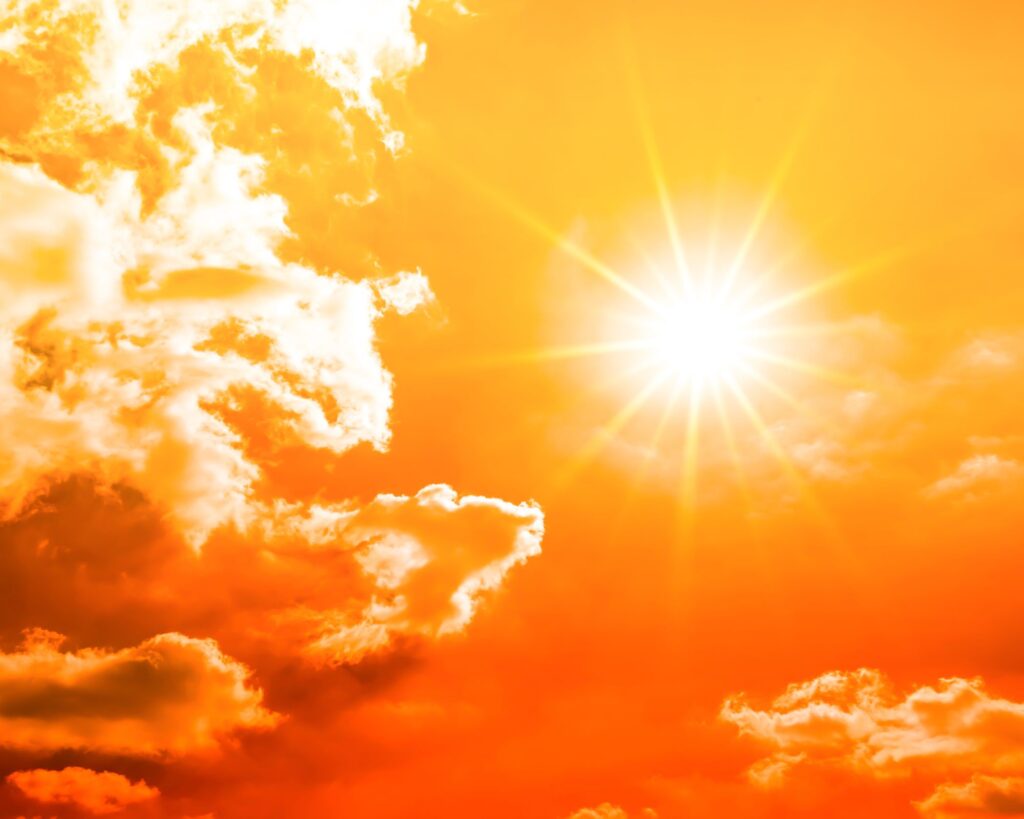
Source: AUN News
The World Meteorological Organization (WMO) reports that a severe heatwave around mid-July caused temperatures in much of Europe to be close to 0.4°C above the 1991-2020 average, with southwestern and western Europe being the most over-normal locations.
Despite the La Nia event, which is supposed to have a cooling effect, said WMO spokesperson Clare Nullis, “this is the case.”
It was “one of the three warmest [Julys] on record, slightly cooler than July 2019, warmer 2016- but the difference is too close to say,” she continued, noting that “we witnessed this in some locations, but not generally.”
Temperature records
Portugal, western France, and Ireland set new records for high temperatures, while England experienced its first 40°C readings.
Welsh and Scottish all-time high records for daily maximum temperatures were also broken.
With an average national temperature of 25.6°C in July, Spain likewise experienced its warmest month on record. From July 8 to July 26, the country experienced its most extreme and protracted heatwave ever.
According to the Copernicus Climate Change Service of the European Commission, Europe recorded its sixth warmest July.
Further north and east, the heat spread, bringing extremely high temperatures to Germany and portions of Scandinavia. Local July records and records were broken in various areas in Sweden.
Abnormalities in the temperature
During the same period, temperatures were below average throughout central Asia, the Horn of Africa, southern India, and most of Australia.
WMO
air temperature at the surface.
Additionally, it controlled a region that extended from Iceland, Scandinavia, the Baltic states, and the Caspian Sea.
In addition, temperatures in Georgia and parts of Turkey were frequently below average.
Diminishing polar ice
A whole 7% below average, July also saw the lowest Antarctic Sea ice on record.
According to satellite measurements, Arctic sea ice was 4% below average and was the 12th lowest for July.
According to satellite records that the WMO quoted, the Copernicus Climate Change Service reported that the concentration of sea ice in the Arctic was the 12th lowest ever in July according to satellite records began in 1979.
“Glaciers have experienced horrific, brutal summer,” Ms. Nullis added.
“We started with poor snowfall on Alpine glaciers, as reported by meteorological services, and now Europe is experiencing a string of heatwaves. However, since there hasn’t been constant heat, the situation with Greenland’s glaciers is more complicated.
During a news conference on July 18, WMO Secretary-General Petteri Taalas declared that “this kind of heatwave is the new normal” due to the intense heat.
Analysis by: Advocacy Unified Network
